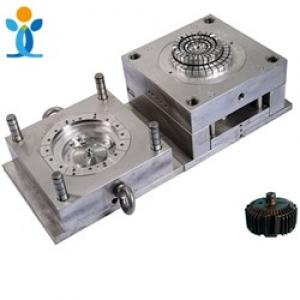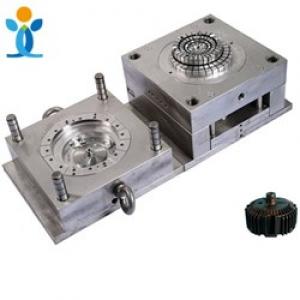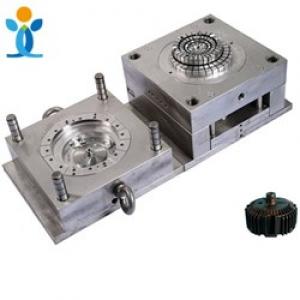Control the mold opening and closing
Control the mold opening and closing
When the molten plastic is injected into the mold cavity and the cooling is completed, the mold is opened and the product is taken out. There are also three stages in the opening process. In the first stage, the mold is opened slowly to prevent the parts from tearing in the cavity.The second stage is rapid die opening to shorten the time of die opening. In the third stage, the mould is opened slowly to reduce the impact and vibration caused by the inertia of the mould opening.
Mold closing control:
Mold closing is to close the mold with a huge mechanical thrust to resist the huge opening force caused by the high-pressure injection and filling of the mold during the injection molding process.
Close the safety door, all travel switches give signals, and the mold closing action starts immediately. First, the moving template is started at a slow speed. After a short distance, the control rod that originally pressed the slow switch is separated from the block, and the moving plate is turned to move forward quickly. When moving to the end point near the mold closing point, the pressing rod at the other end of the control rod presses the slow switch again, at this time, the movable plate rotates at a slow speed and moves at a low pressure.
In the process of low-pressure die closing, if there is no obstacle between the dies, it can be smoothly closed to press on the high-pressure switch. Turning high-pressure is to straighten the machine hinge to complete the die closing action. The distance is very short, generally only 0.3-1.0mm. Just turn the high-pressure knob and touch the mold closing end limit switch. At this time, the action stops and the mold closing process ends.
The mold closing structure of the injection molding machine includes full hydraulic type and mechanical connecting rod type. No matter what kind of structure, the connecting rod is fully extended to implement the closing force. The straightening process of the connecting rod is the process of opening the movable plate and the tailboard, and the process of stretching the four connecting rods.
The magnitude of the clamping force can be known from the highest value of the oil pressure gauge rising at the moment of clamping. If the clamping force is large, the highest value of the oil pressure gauge will be high, otherwise it will be low. The smaller injection molding machine is not equipped with a die closing oil pressure gauge. At this time, it is necessary to judge whether the die is really closed according to the extension of the connecting rod.
If the connecting rod of a certain injection molding machine is easily straightened when closing the mold, or "almost" fails to straighten, or one of several connecting rods is not fully straightened, the mold will expand during injection molding, and the parts will have flash or other problems.



